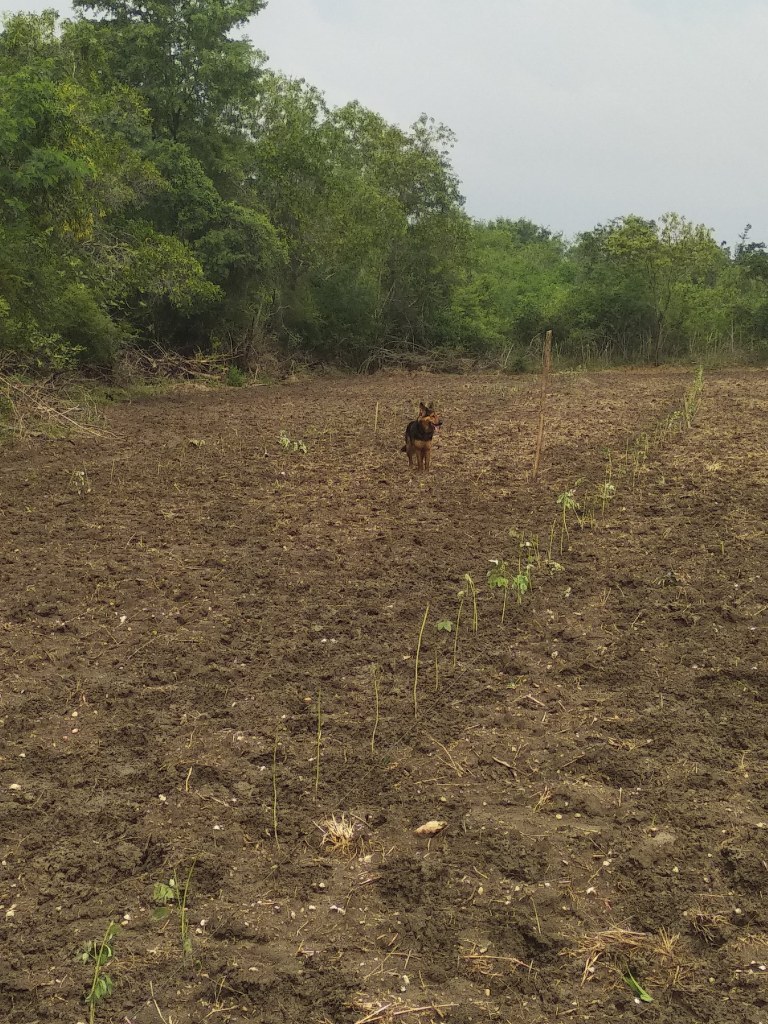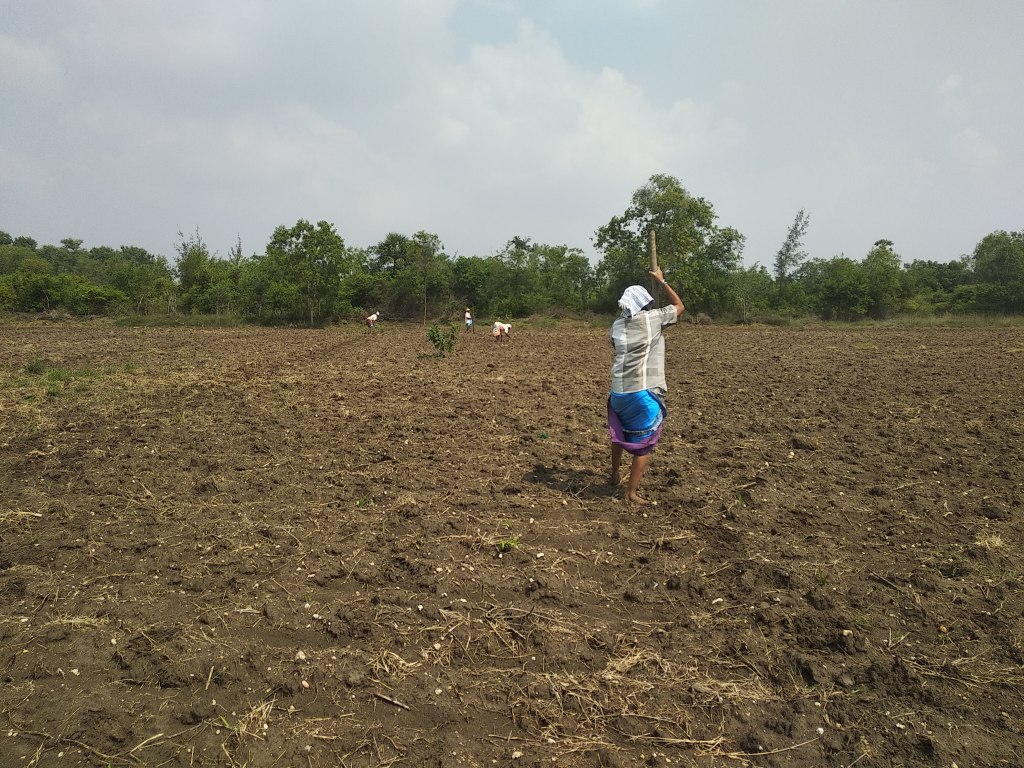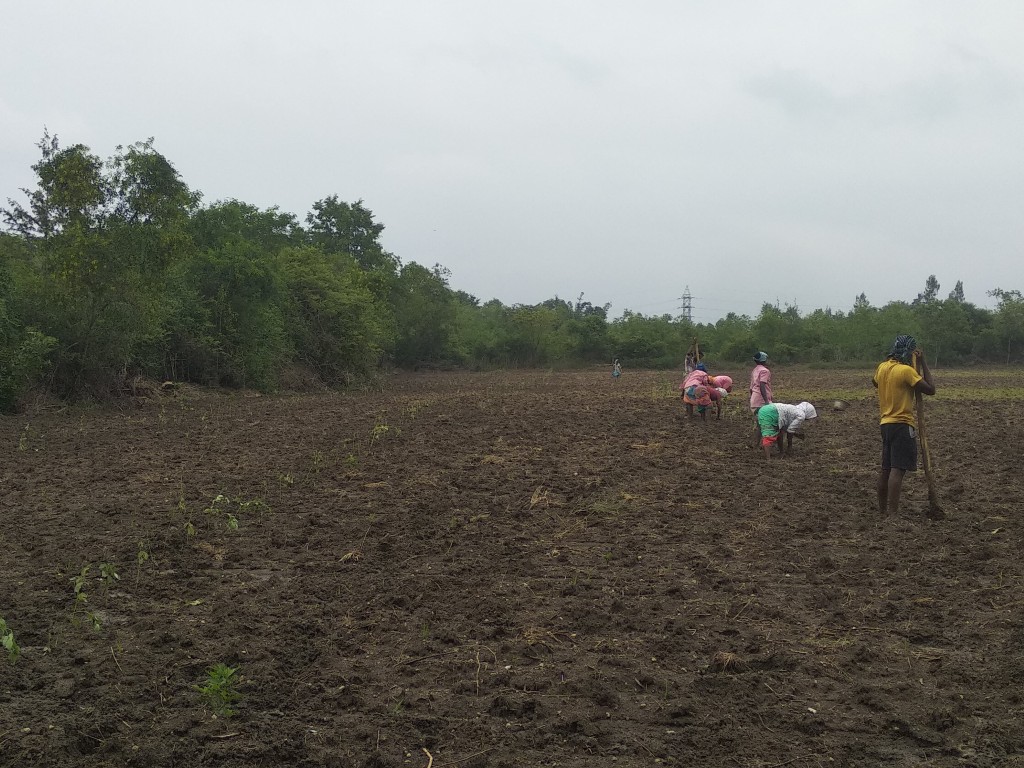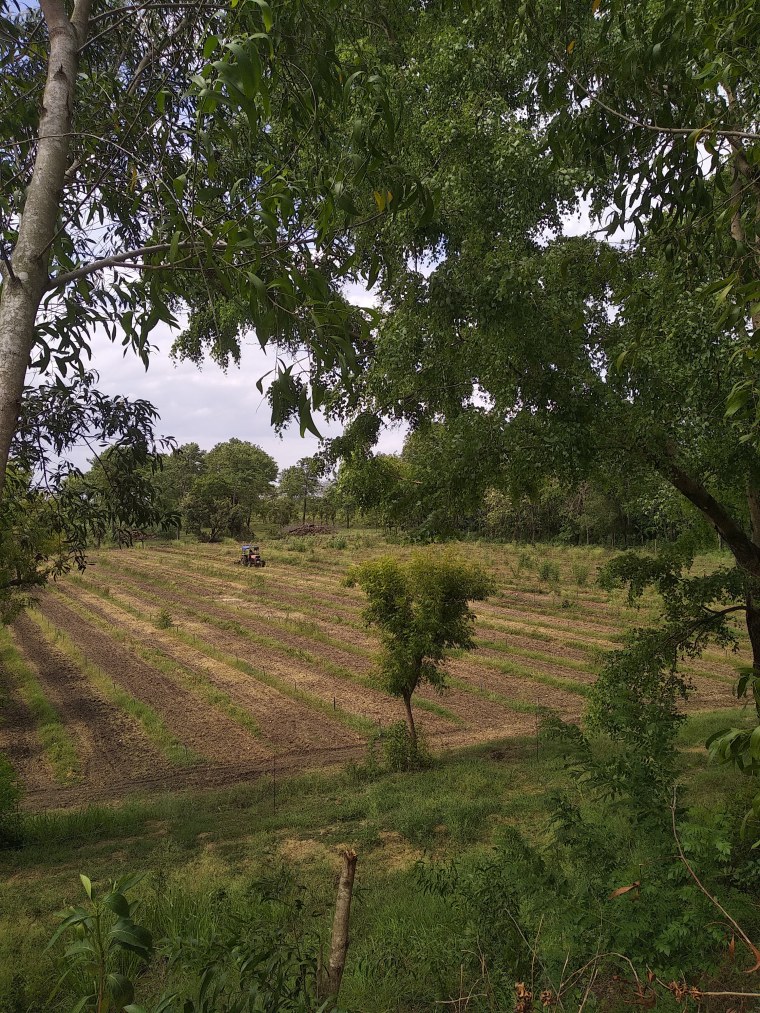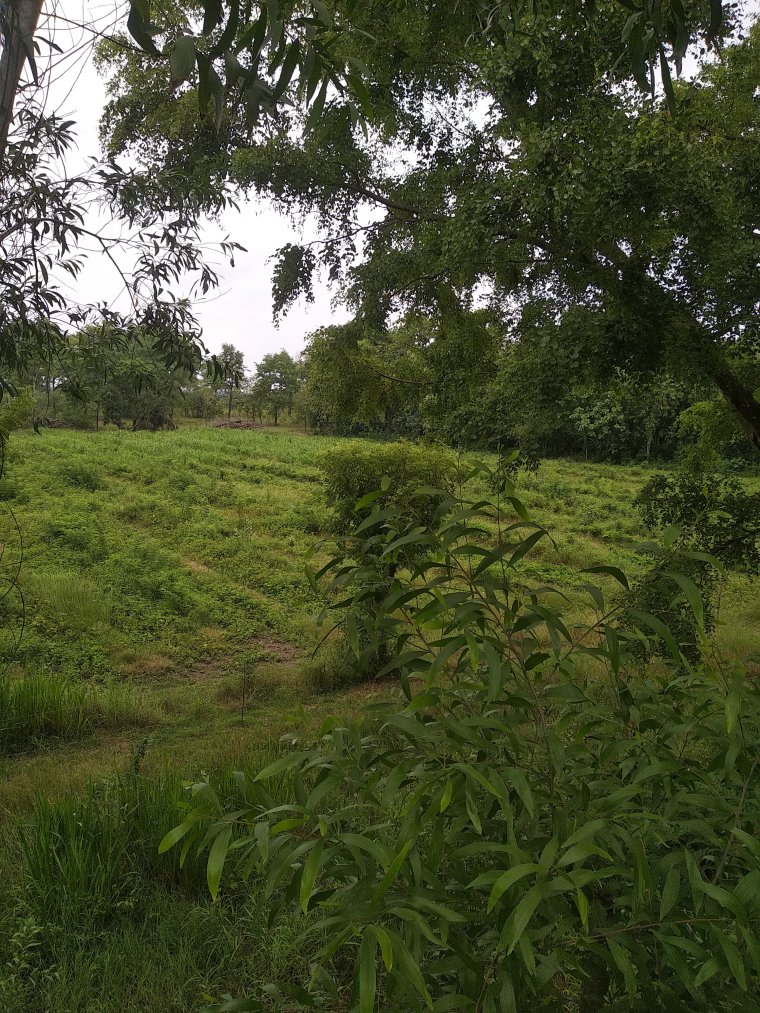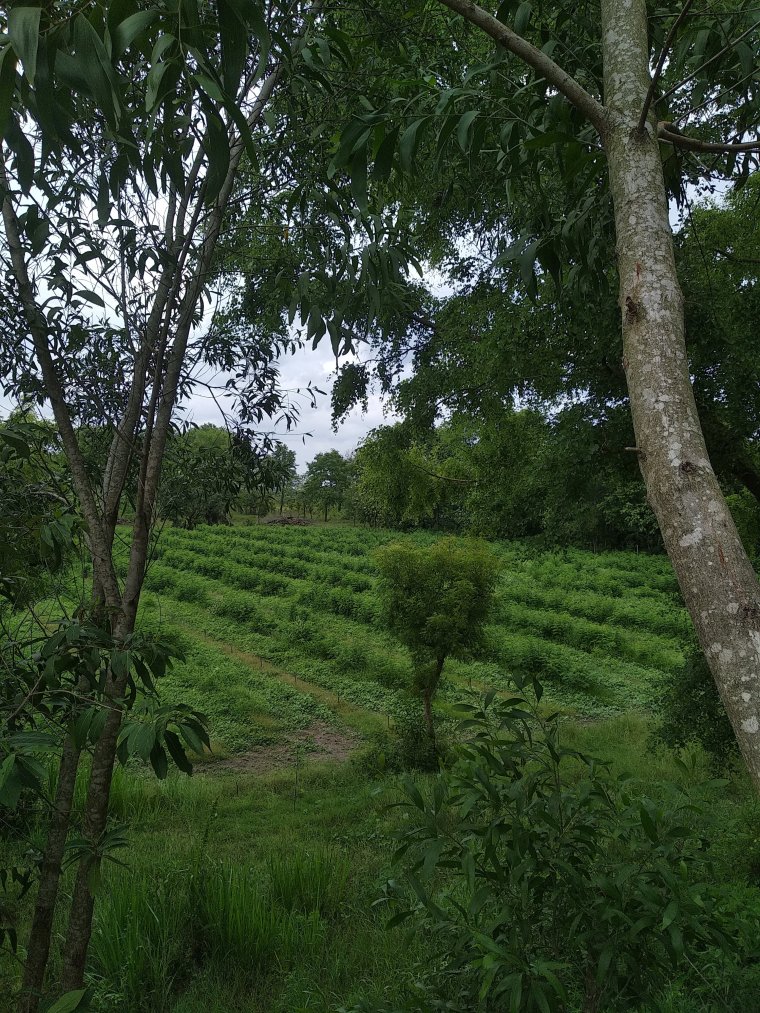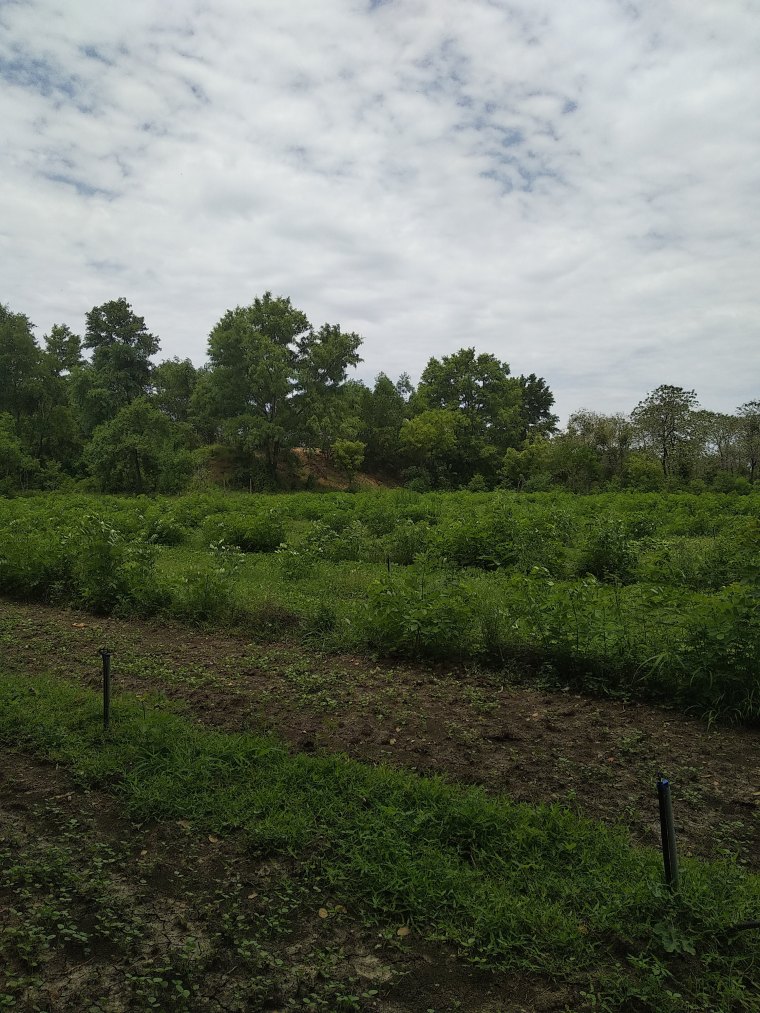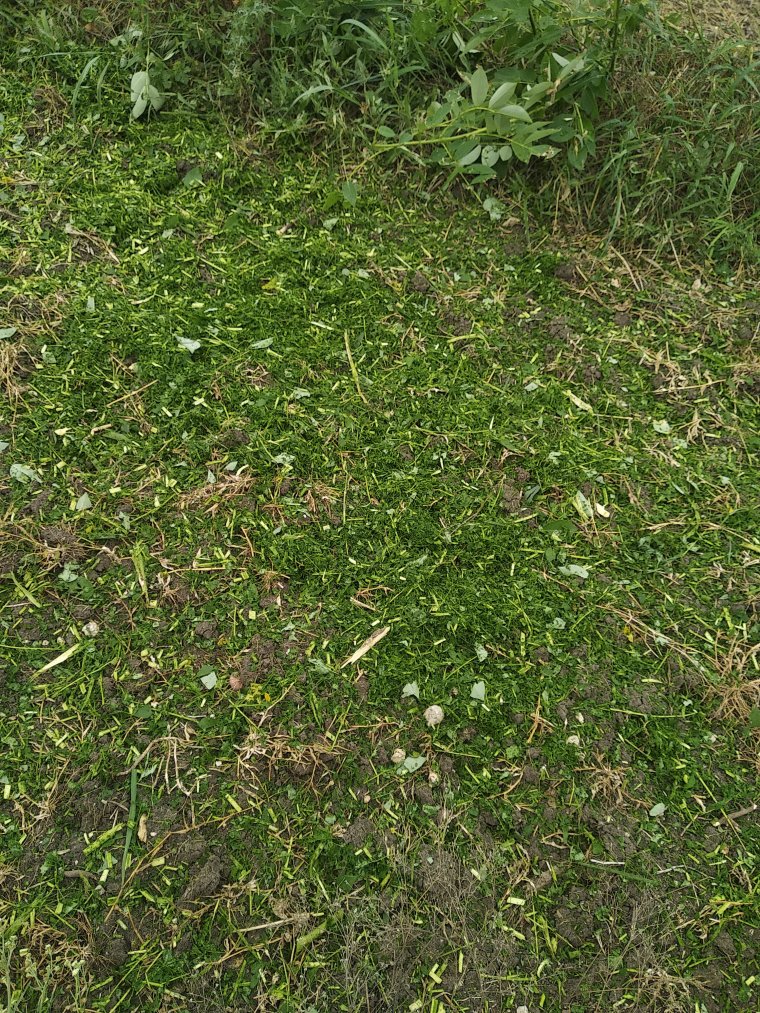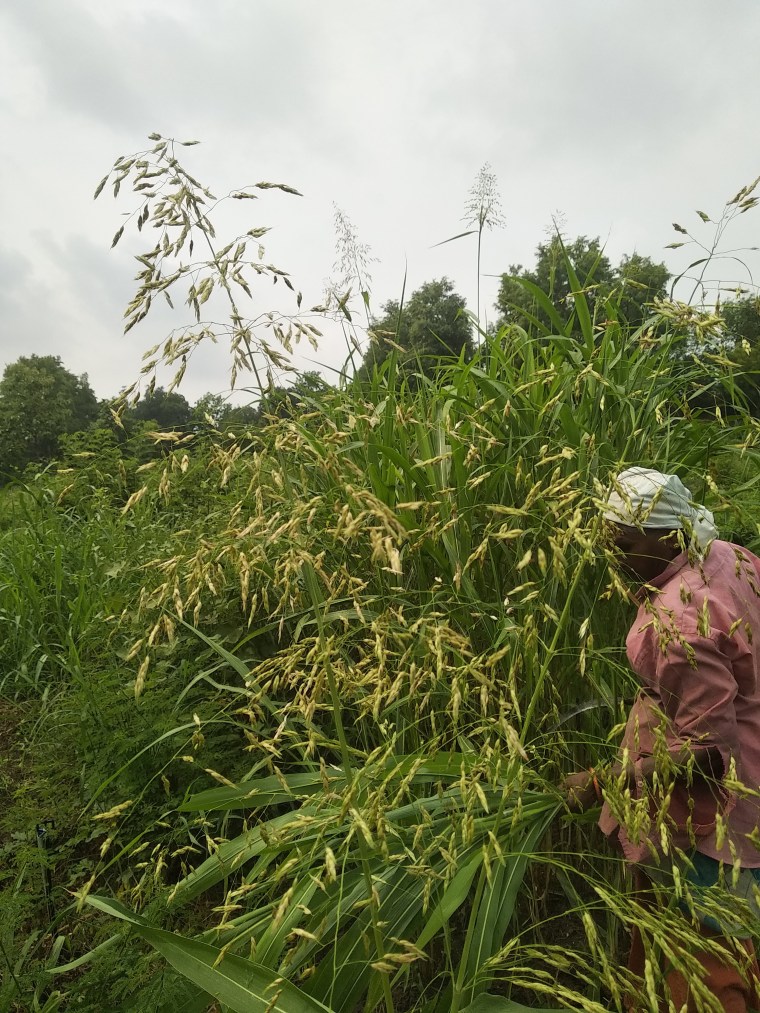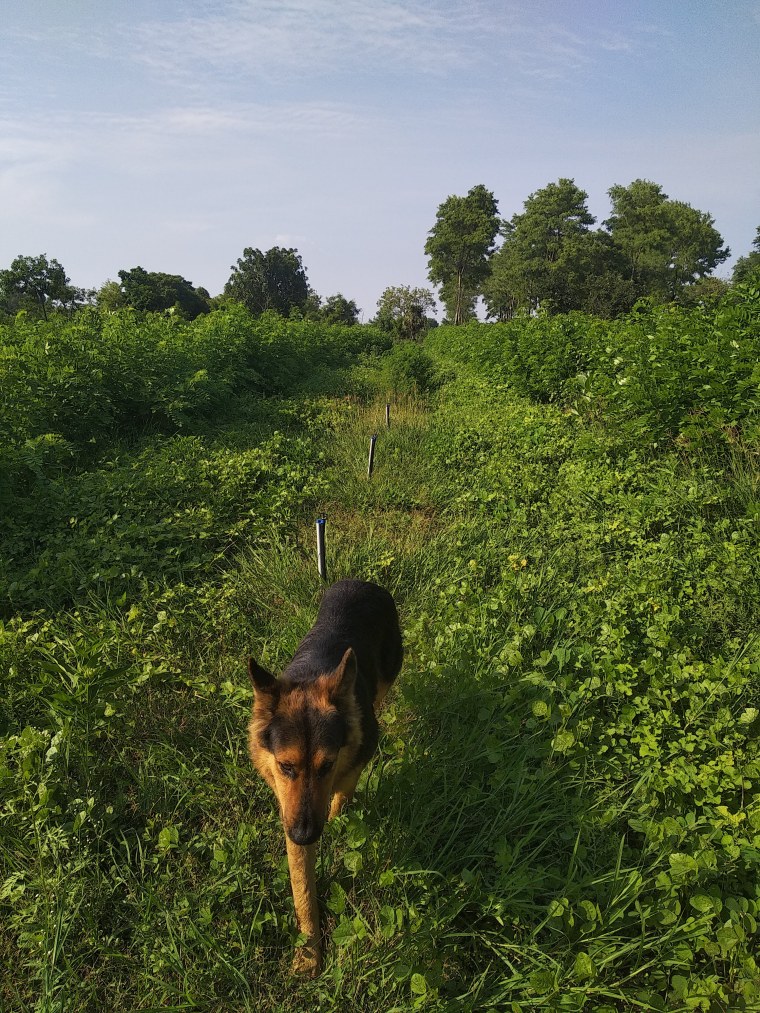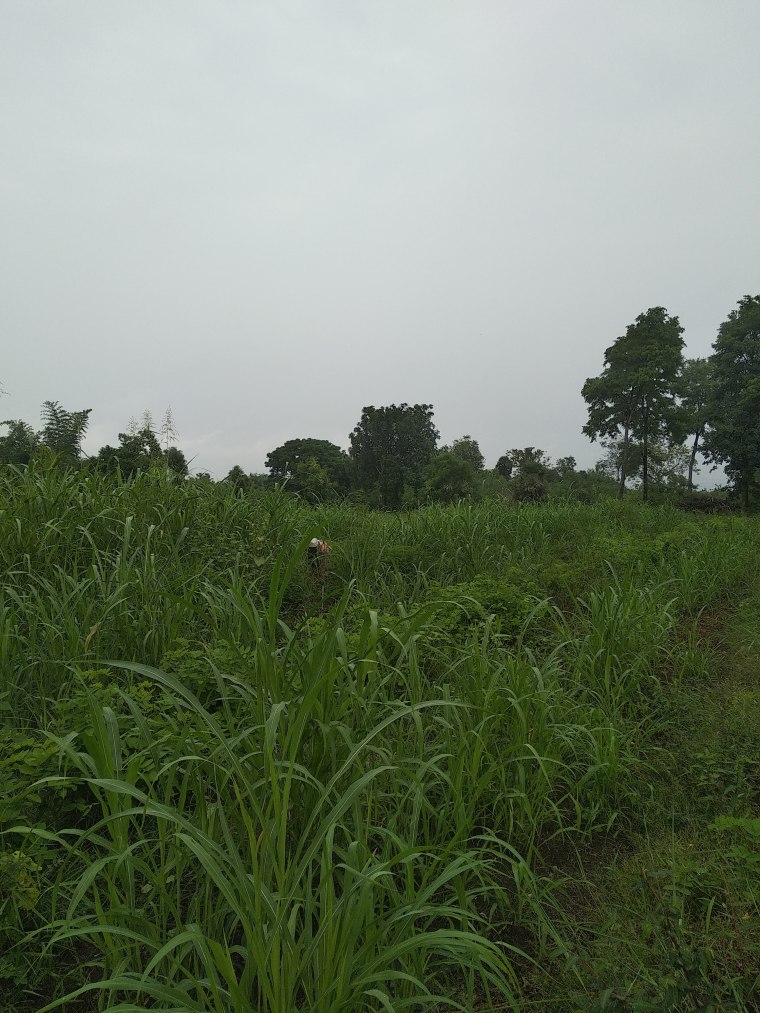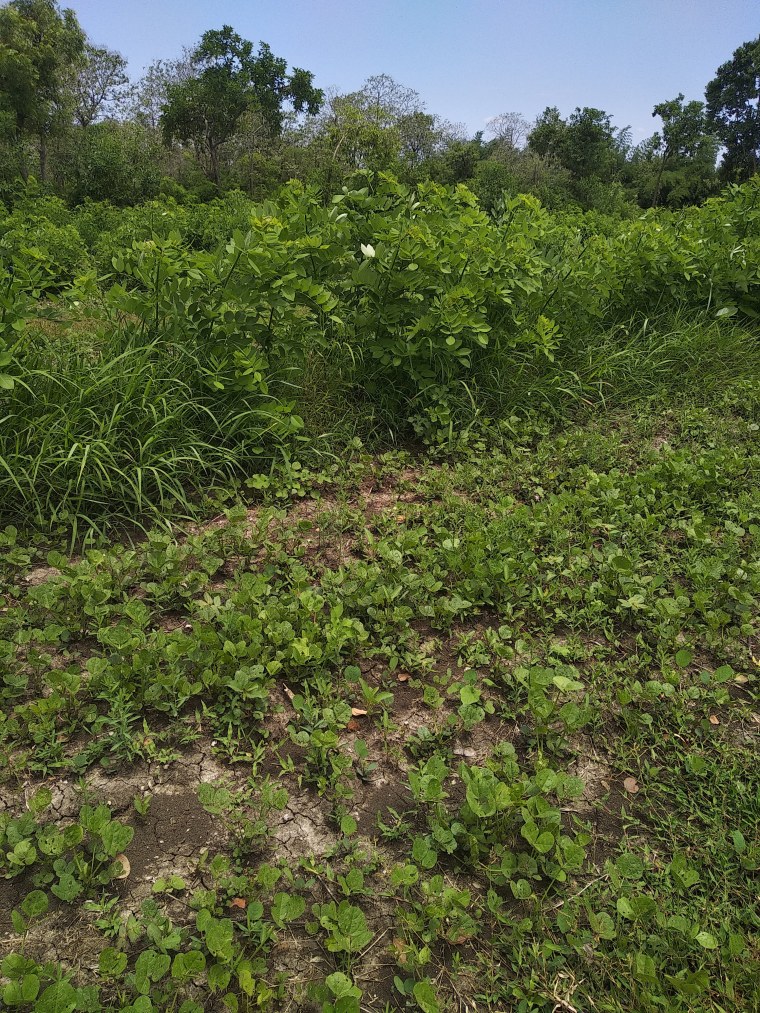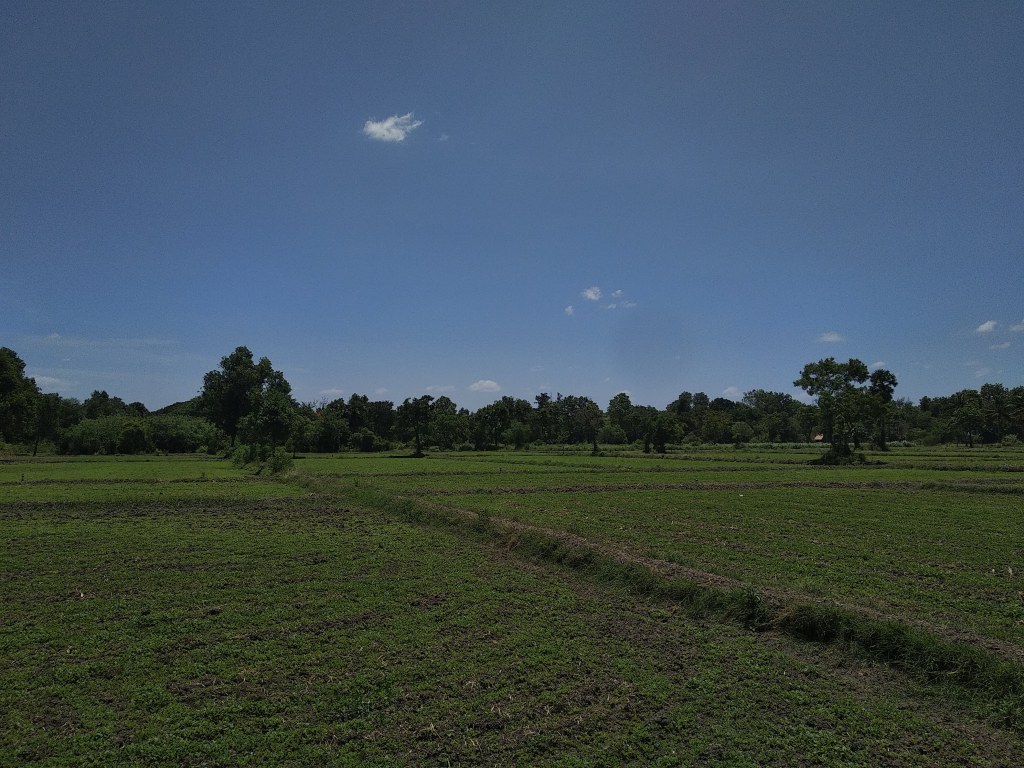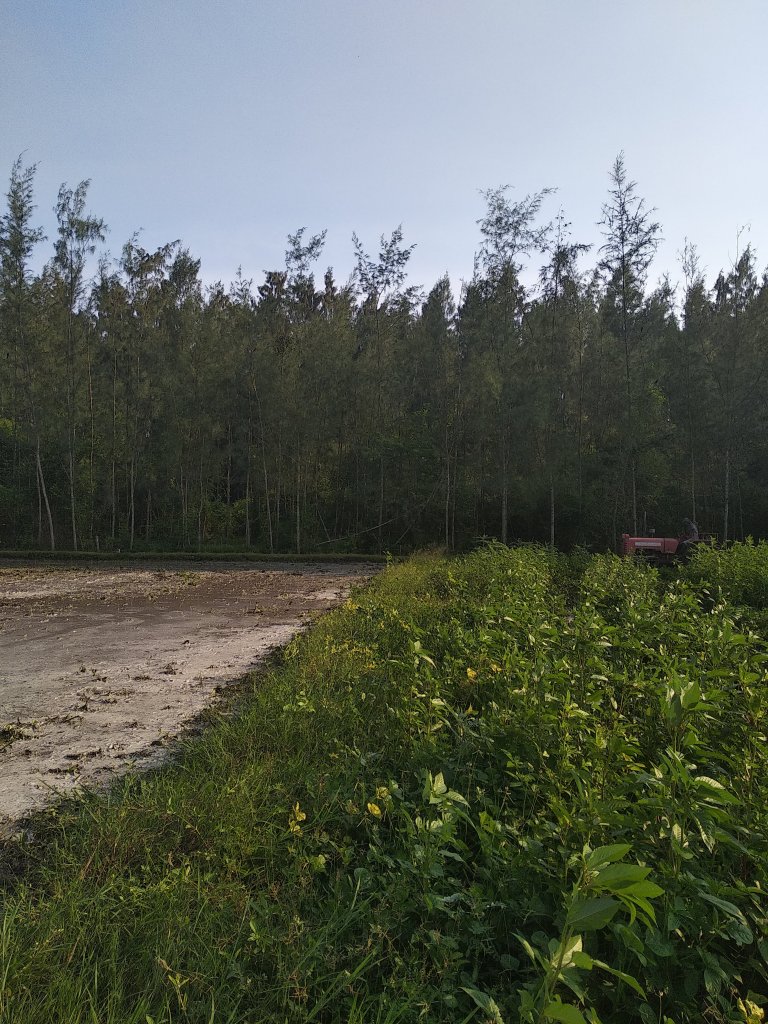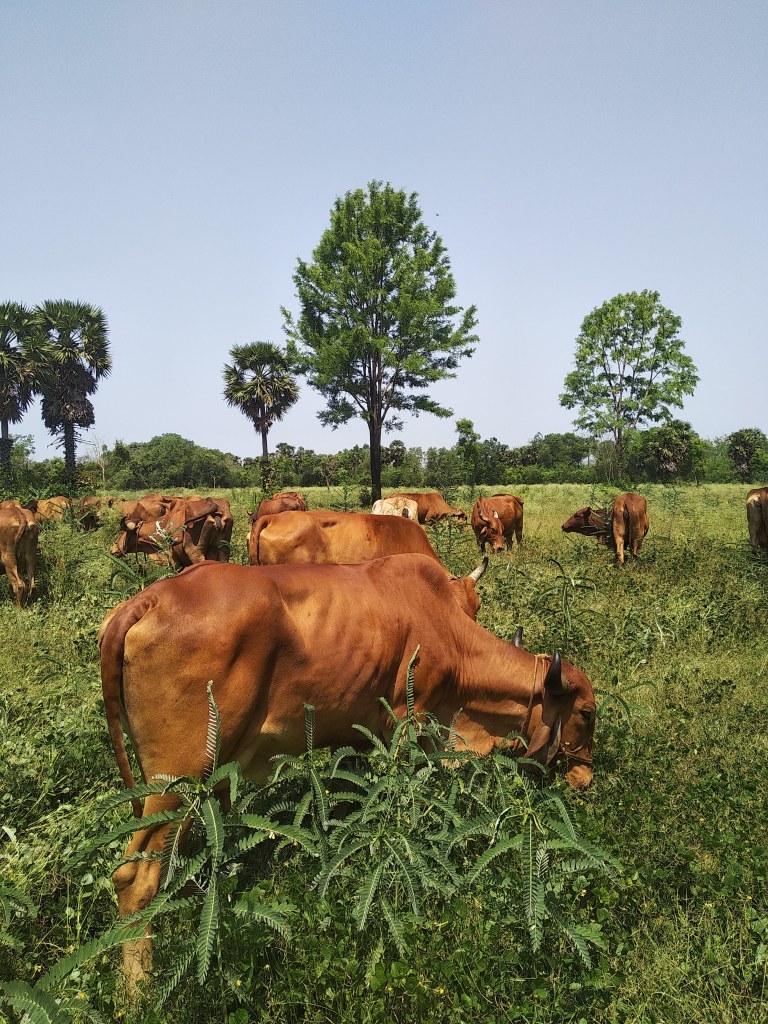Ducks at Annapurna
This summer we have been initiating a new project to integrate ducks into rice cultivation. We purchased 53 ducks and learned a lot about growing them up and herding them around. After they were grown the Lake Estate farm of the Sri Aurobindo Ashram took them over.
Now We got a new flock of 222 young birds, which will be introduced in the paddy fields in the coming season and we hope they will help reduce the labor of paddy weeding and increase rice yields.
Fence Pilot 3
After having done a small concept pilot (1) we worked with a contractor to put down around 120m fence (pilot 2) We have arrived at the third pilot where we mechanized most of the lifting of pillars and cuddapah slabs and hired in a few more people to build the next 80m or so last month.
We are looking at the results and will continue with this project after the monsoon in January. We think the last trial will be best for us with less labor cost and better quality of fence.
Irrigated area extension and installation solar pump
We are in the process of extending our irrigated area with two more acres. This area will be mainly used for animal fodder. We are aiming to bring back the grain feed for the dairy herd and increase green fodder. This project was made possible by a donation through Waterlink.
Then we installed a solar pump on one of our rainwater catchment areas and so we pump rainwater into the fields with solar power. Another step towards a more sustainable way of farming. The pump was donated by a well wisher.
Annapurna Farm “Summer” Cheese
We had a usual drop in demand of produce/products in Auroville during summer. Our cows do not agree with this human behavior and keep producing milk like usual. This summer Massimo from M&M Cheese offered to trial some semi-hard cheeses to help us manage the milk flow in these low demand months. We are happy with the taste and texture of this new cheese: Annapurna Farm ‘summer’ cheese. It’s a mild cheese, semi-seasoned 60+ days; and have been exclusively available on the our CSA basket list and M&M Cheese Shop at Kuilapalayam.
And Paddy begins at Annapurna,Season 2023-24

























